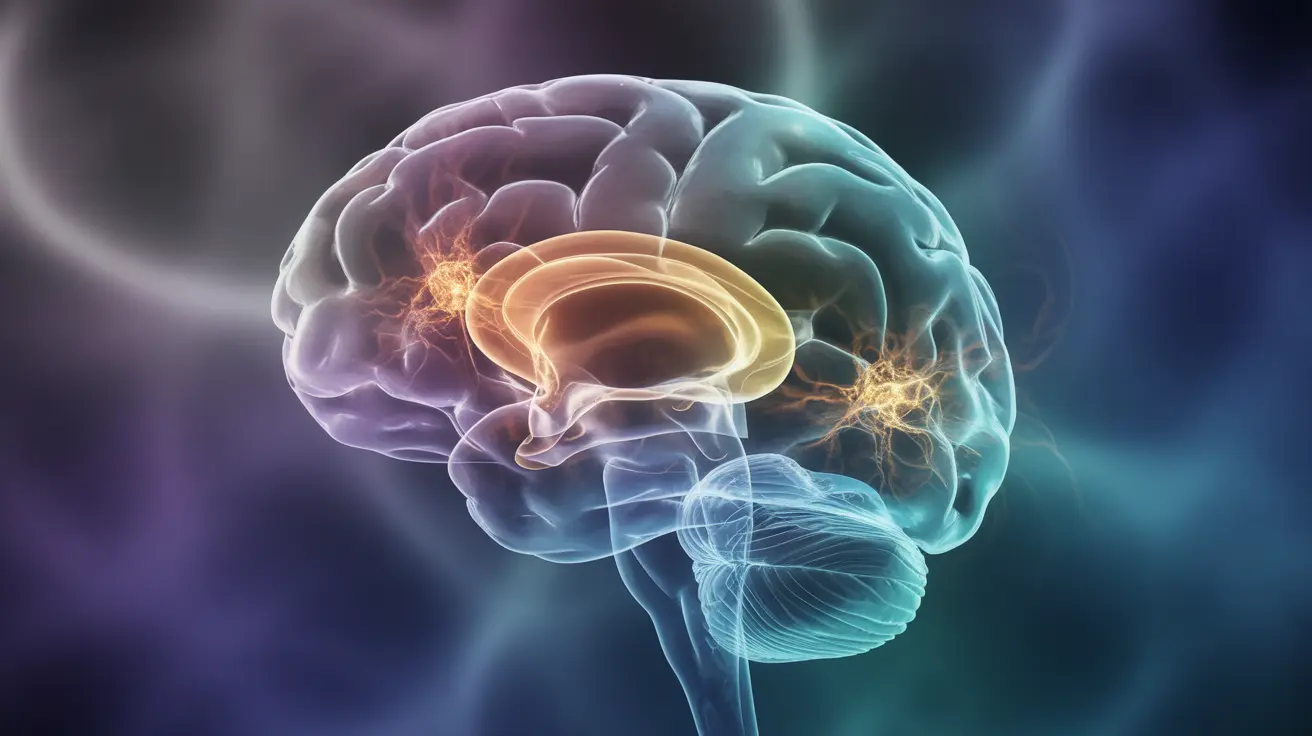The relationship between high functioning autism and epilepsy represents a significant medical intersection that affects many individuals and their families. Understanding how these two conditions interact is crucial for proper diagnosis, treatment, and support of those affected.
This comprehensive guide explores the connection between high functioning autism and epilepsy, offering essential information for patients, caregivers, and healthcare providers to better understand and manage these co-occurring conditions.
The Connection Between High Functioning Autism and Epilepsy
Research has shown that individuals with high functioning autism have a higher likelihood of developing epilepsy compared to the general population. While the exact mechanisms linking these conditions aren't fully understood, genetic factors and neurological differences may play significant roles.
Recognizing Seizures vs. Autism-Related Behaviors
Distinguishing between seizures and autism-related behaviors can be challenging, especially in individuals with high functioning autism. Key differences include:
- Seizure symptoms typically include sudden changes in awareness or consciousness
- Repetitive movements during seizures differ from autism stimming behaviors
- Seizures often have a clear start and end point
- Post-seizure confusion or fatigue is common
Early Warning Signs and Symptoms
Early recognition of epilepsy in individuals with high functioning autism is crucial for proper treatment. Common early indicators include:
- Sudden episodes of staring or unresponsiveness
- Unusual sensory experiences or auras
- Brief periods of confusion or memory gaps
- Unexplained falls or loss of muscle control
- Changes in sleep patterns or increased fatigue
Treatment Approaches and Management Strategies
Managing epilepsy in individuals with high functioning autism requires a carefully coordinated approach:
Medication Management
Anti-epileptic medications must be carefully selected to avoid interfering with existing autism treatments or causing adverse effects that might impact daily functioning.
Lifestyle Modifications
Important lifestyle considerations include:
- Maintaining consistent sleep patterns
- Managing stress levels
- Identifying and avoiding seizure triggers
- Regular exercise when appropriate
- Following a balanced diet
Support Systems
Creating effective support systems involves:
- Regular medical monitoring
- Coordination between healthcare providers
- Education for family members and caregivers
- School or workplace accommodations
- Emergency response planning
Frequently Asked Questions
How common is epilepsy in people with high functioning autism compared to others on the spectrum?
Epilepsy occurs more frequently in individuals with high functioning autism compared to the general population, though at slightly lower rates than in those with more severe forms of autism. Research suggests approximately 20-25% of people with autism spectrum disorders may develop epilepsy.
What are the early signs of epilepsy in someone with high functioning autism, and how are seizures different from autism-related behaviors?
Early signs include unexplained staring spells, sudden confusion, and unusual sensory experiences. Unlike autism-related behaviors, seizures typically have a distinct beginning and end, often followed by a recovery period. They're also usually involuntary and may include loss of awareness.
Are people with high functioning autism and epilepsy at risk for other health or developmental concerns?
Yes, individuals with both conditions may face increased risks for anxiety, depression, and sleep disorders. However, those with high functioning autism typically have better outcomes than individuals with intellectual disabilities, largely due to their stronger cognitive abilities and communication skills.
What types of treatments or management strategies are most effective for epilepsy in individuals with high functioning autism?
The most effective approach typically combines anti-epileptic medications with comprehensive lifestyle management. Treatment plans should be individualized, considering the person's specific autism characteristics and potential medication interactions.
How can families and caregivers recognize when a seizure is happening in someone with high functioning autism, and what should they do next?
Caregivers should look for sudden changes in behavior, awareness, or physical movement that differ from typical autism-related behaviors. During a seizure, they should ensure the person's safety, time the episode, and document its characteristics for medical professionals. After the seizure, the person should be allowed to rest while being monitored.




